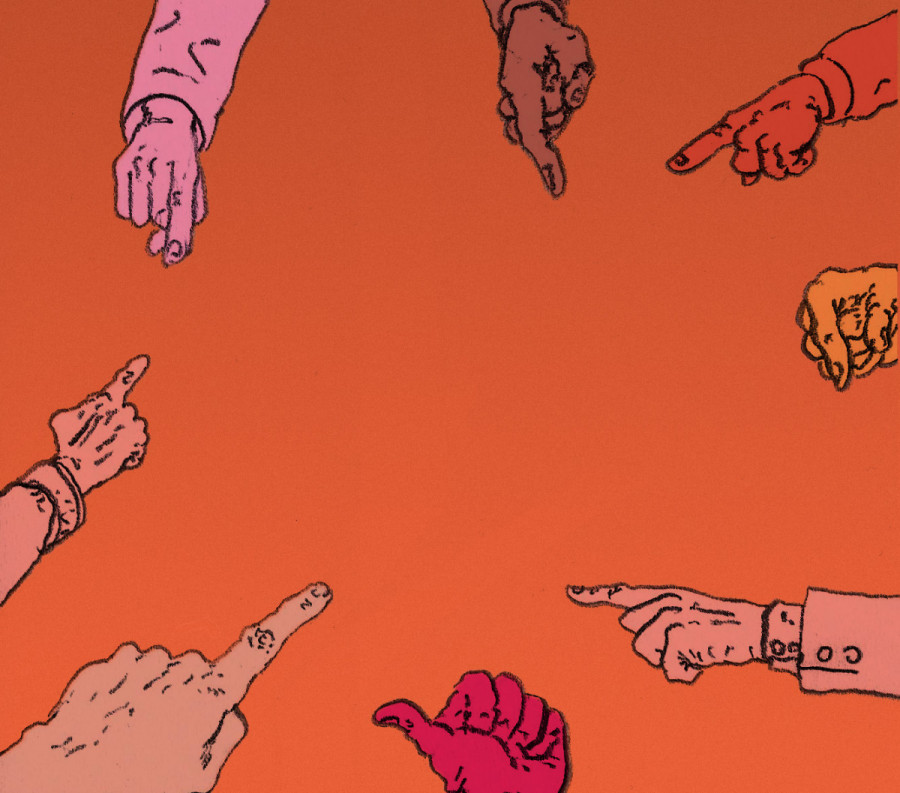Someone has to be punished for this!
The media’s use of scapegoats won’t stop the pandemic
In times of crisis, humans tend to look for those responsible for their misery. This pandemic is no different.
We look for someone to blame for the pandemic because we feel so helpless that we sense the urge to blame someone since that makes the solution seem more tangible and not so abstract.
Marie-Ève Martel is a journalist for La Voix de l'Est who analyses the media coverage of the pandemic. In one of her articles last year, she states “this is typical of human nature: our first instinct is to find an external cause for the misfortunes that overwhelm us. When something negative happens to us, we feel a deep sense of injustice. Why me? Why us? In reaction, we almost always look for a culprit.”
We look for someone to point at and hope that it will make us feel better. This is simply how our brain works.
We are used to controlling everything. It is very hard for us to accept that certain events simply happen without the need for a person or for a group of people to cause it. This explains why stories pointing at someone responsible for the pandemic tend to get a lot of media coverage.
Towards the end of January, one story in Montreal drew a lot of attention. Three illegal gatherings in Outremont synagogues forced police interventions. It was the perfect opportunity for journalists and reporters to point at a certain group and make them guilty of spreading the disease. This is a kind of ephemeral story that sells very well.
We are used to controlling everything. It is very hard for us to accept that certain events simply happen without the need for a person or for a group of people to cause it.
Most mainstream media wrote many articles on the event. Le Journal de Montréal, for example, wrote 17 articles discussing the issue. The same outlet only wrote five articles about NASA's Mars Perseverance rover. Do three illegal gatherings deserve three times more attention than cosmos exploration?
Every week, since the start of the second wave, we hear about young adults having illegal gatherings. The media tends to portray teenagers and young adults as some of the main propagation vectors. Media coverage makes young people look like rule-breakers. It makes them look, in a big part, responsible for the spread of the pandemic. Numbers tell another story. According to Quebec’s government, people in their 20s represent 15 per cent of the daily cases. As a reference, people in their 30s represent 14 percent of daily new cases and those in their 40s represent 15 per cent.
So why does the media seem to fail at reporting fairly on the pandemic’s causes? The truth is the cases mentioned above are not isolated.
To simplify the causes of the crisis by pointing at a few scapegoats is a simple and very efficient way to take focus away from the real issue. By doing this, newspapers are not helping the world move forward. Instead, they encourage the growth of tensions between different groups.
As long as journalists will be forced to do sensationalist reporting, we will not get fair and moral coverage of news.


_600_832_s.png)




_600_375_s_c1.png)